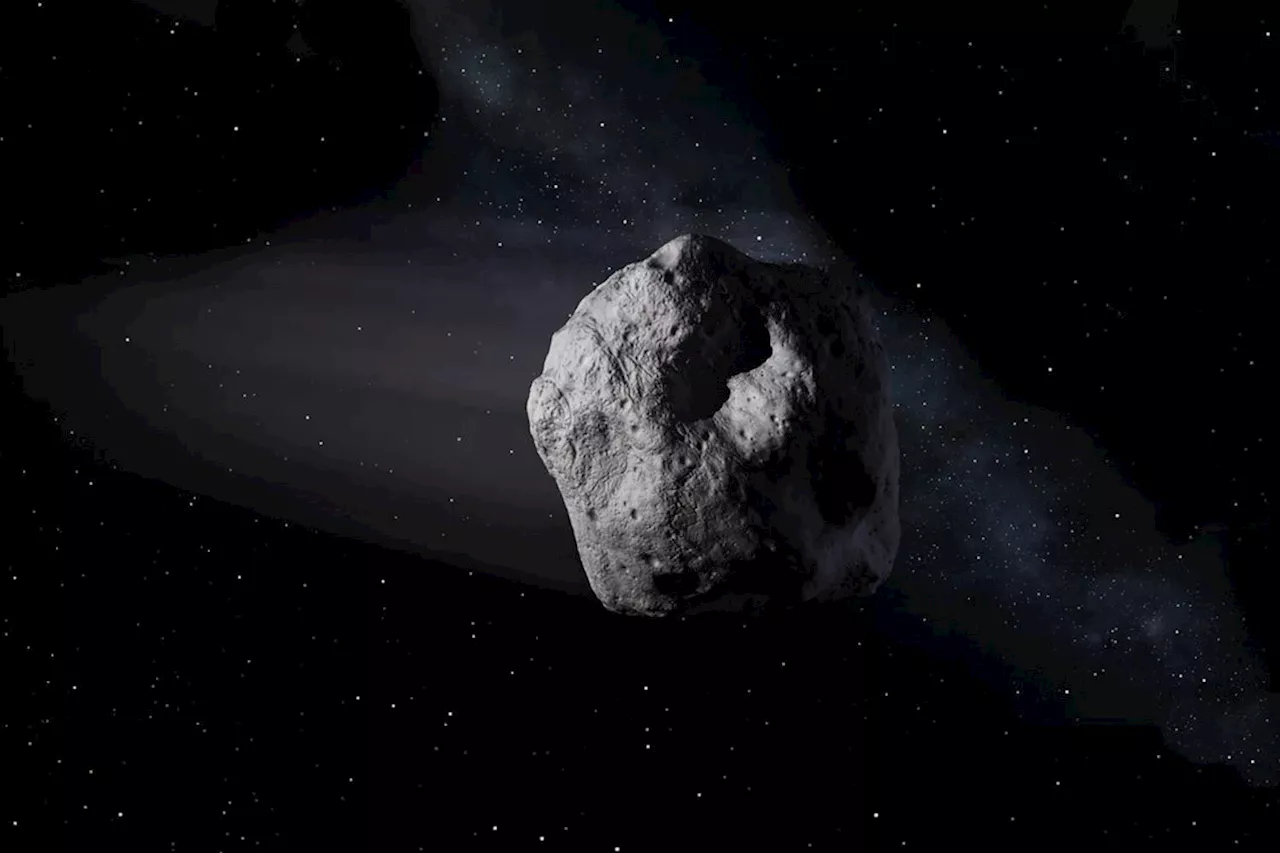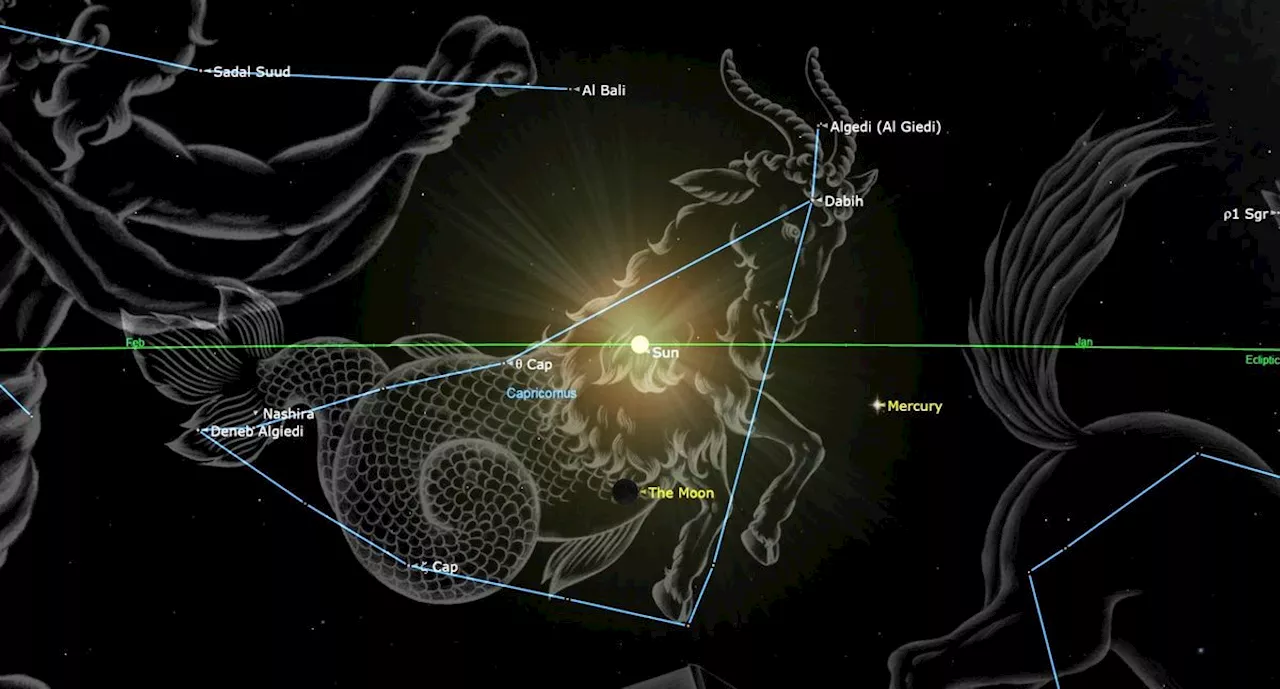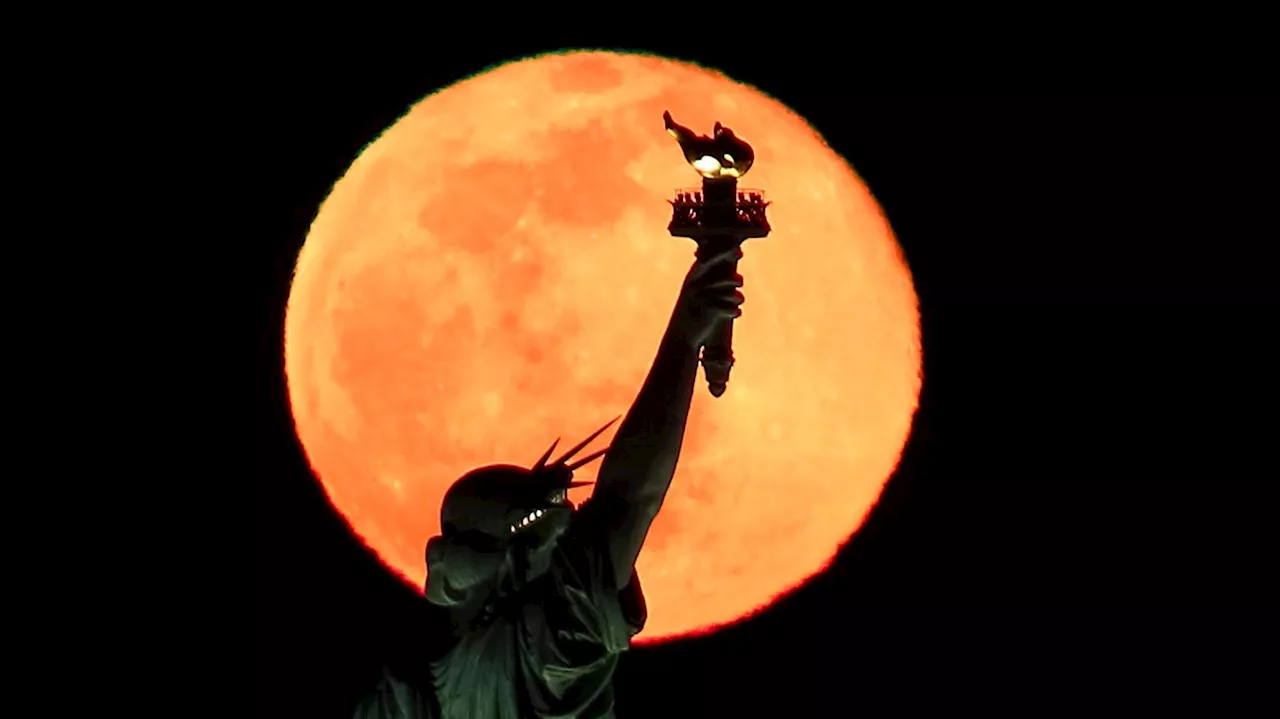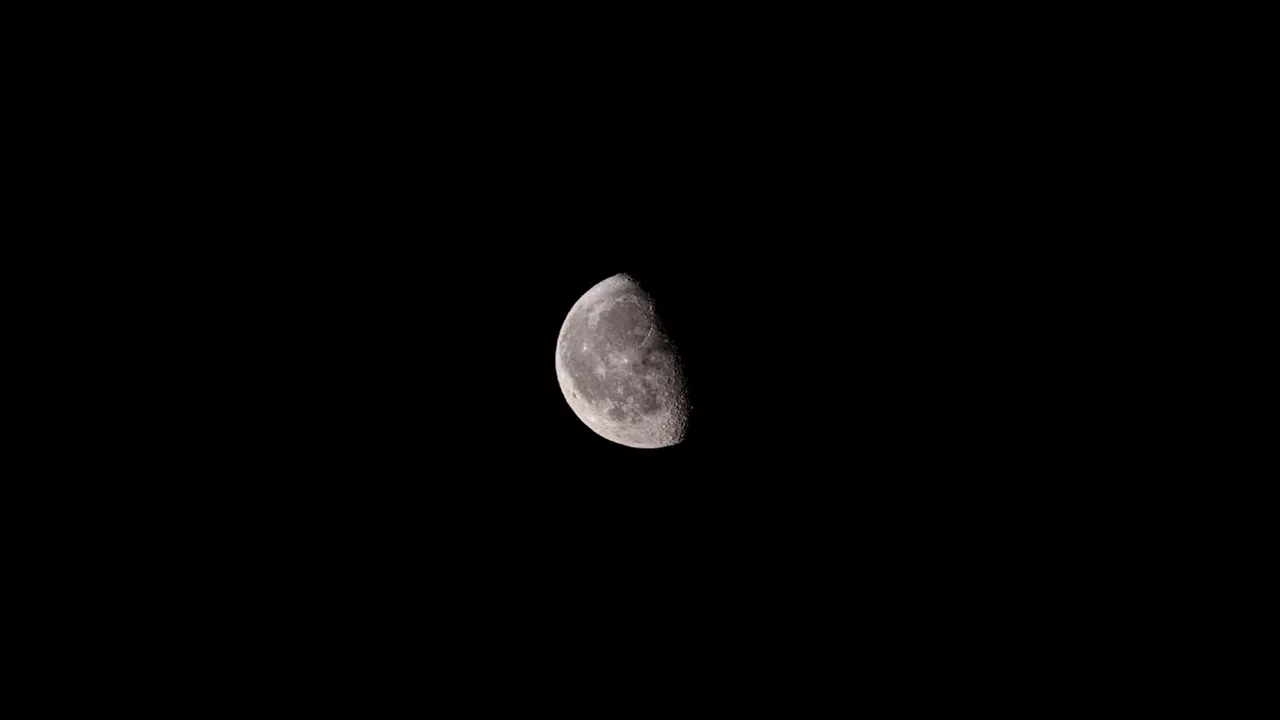This article discusses the moon's elliptical orbit and apogee, the point where it's farthest from Earth. While the moon's size change is minimal, the article explains the phenomenon and when to expect the moon at apogee.
Jam packed issues filled with the latest cutting-edge research, technology and theories delivered in an entertaining and visually stunning way, aiming to educate and inspire readers of all ages. The moon's orbit is elliptical, or oval-shaped, meaning its distance from Earth changes throughout its 27.3-day cycle around our planet. Sometimes it's closer to us, which is why we experience"is farther away, making it appear smaller.
The exact moment of apogee occurs at 8:10 p.m. ET tonight, but the moon will be below the horizon at the time. For observers in the Northern Hemisphere, the moon won't rise above the eastern horizon until shortly before midnight, still at the farther end of its orbit from Earth. The moon will be in the, and approaching its next phase, the half-lit third quarter moon, which occurs on Feb. 20.
After third quarter, the next phase in the moon's cycle will be the new moon on Feb. 27. One day later, the moon will be just a one-day-old sliver, appearing between Saturn and Mercury in the night sky.Breaking space news, the latest updates on rocket launches, skywatching events and more!Receive email from us on behalf of our trusted partners or sponsorsIf you get a good photo of the moon, and would like to share it with Space.
Brett is curious about emerging aerospace technologies, alternative launch concepts, military space developments and uncrewed aircraft systems. Brett's work has appeared on Scientific American, The War Zone, Popular Science, the History Channel, Science Discovery and more. Brett has English degrees from Clemson University and the University of North Carolina at Charlotte. In his free time, Brett enjoys skywatching throughout the dark skies of the Appalachian mountains.
MOON APOGEE ORBIT CELESTIAL PHASES
United States Latest News, United States Headlines
Similar News:You can also read news stories similar to this one that we have collected from other news sources.
 Earth's Mini-Moon May Be a Broken-Off Piece of Our Regular MoonA small asteroid, temporarily captured by Earth's gravity, is believed to have originated from our Moon. Analysis of 2024 PT5 reveals a composition similar to lunar rock, suggesting it was ejected into space after a large impact.
Earth's Mini-Moon May Be a Broken-Off Piece of Our Regular MoonA small asteroid, temporarily captured by Earth's gravity, is believed to have originated from our Moon. Analysis of 2024 PT5 reveals a composition similar to lunar rock, suggesting it was ejected into space after a large impact.
Read more »
 Earth’s temporary mini-moon might have actually been a piece of the MoonNew research suggests that Earth's recent mini-moon might have originated as part of our actual moon long, long ago.
Earth’s temporary mini-moon might have actually been a piece of the MoonNew research suggests that Earth's recent mini-moon might have originated as part of our actual moon long, long ago.
Read more »
 January new moon 2025: The young moon visits Venus and SaturnJesse Emspak is a freelance journalist who has contributed to several publications, including Space.com, Scientific American, New Scientist, Smithsonian.com and Undark. He focuses on physics and cool technologies but has been known to write about the odder stories of human health and science as it relates to culture.
January new moon 2025: The young moon visits Venus and SaturnJesse Emspak is a freelance journalist who has contributed to several publications, including Space.com, Scientific American, New Scientist, Smithsonian.com and Undark. He focuses on physics and cool technologies but has been known to write about the odder stories of human health and science as it relates to culture.
Read more »
 Snow Moon: How, When And Where To See 2025’s Second Full MoonEverything you need to know about the full 'Snow Moon,' including exactly when, where, and how to see it at its best from where you are.
Snow Moon: How, When And Where To See 2025’s Second Full MoonEverything you need to know about the full 'Snow Moon,' including exactly when, where, and how to see it at its best from where you are.
Read more »
 Snow Moon in Leo: A Full Moon of Heartfelt AuthenticityThis February, the full Snow Moon shines brightly in the fiery sign of Leo, urging us to embrace our authentic selves and unleash our creative passions.
Snow Moon in Leo: A Full Moon of Heartfelt AuthenticityThis February, the full Snow Moon shines brightly in the fiery sign of Leo, urging us to embrace our authentic selves and unleash our creative passions.
Read more »
 Why the Moon’s Icy South Pole is a Hot Target for NASAThe Moon’s South Pole is a bizarre landscape. Mountain ridges glow in perpetual sunlight while deep craters freeze in billion-year-old shade. Yet hidden in the depths of those shadowed craters, under temperatures almost three times colder than the frostiest day in Antarctica, lurks something familiar–water ice.
Why the Moon’s Icy South Pole is a Hot Target for NASAThe Moon’s South Pole is a bizarre landscape. Mountain ridges glow in perpetual sunlight while deep craters freeze in billion-year-old shade. Yet hidden in the depths of those shadowed craters, under temperatures almost three times colder than the frostiest day in Antarctica, lurks something familiar–water ice.
Read more »
